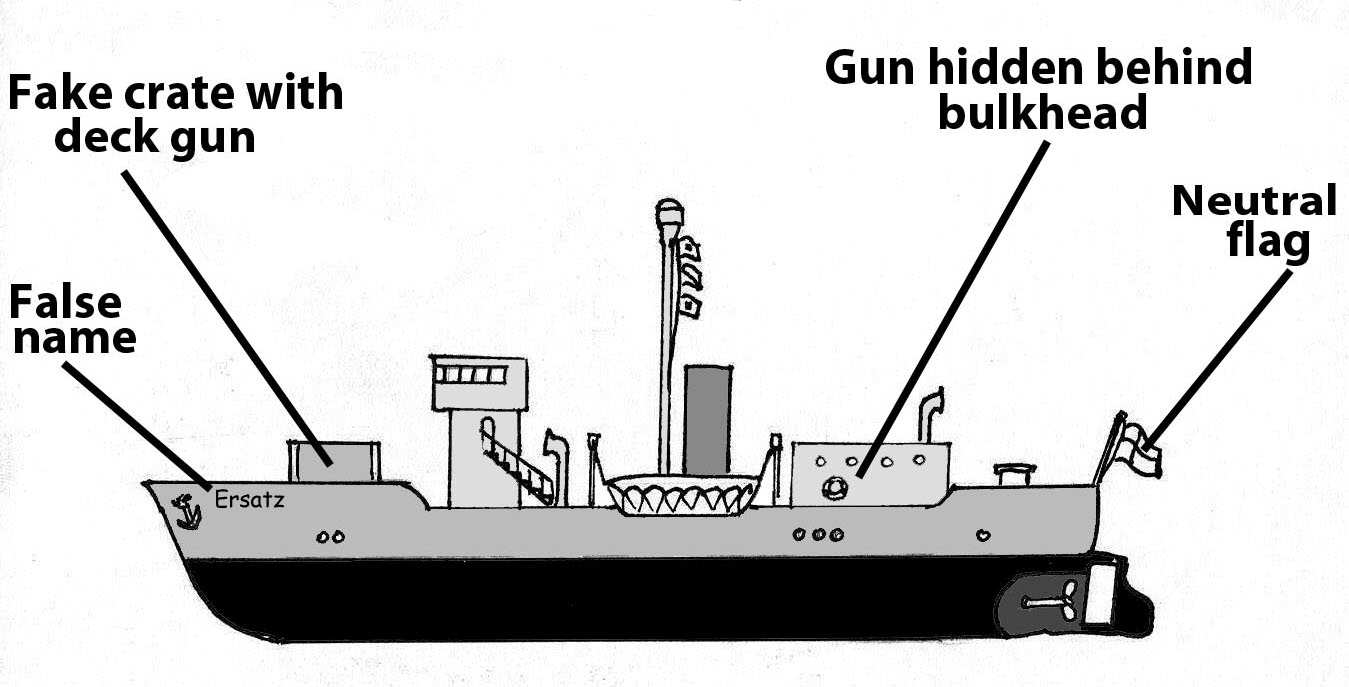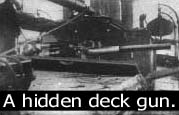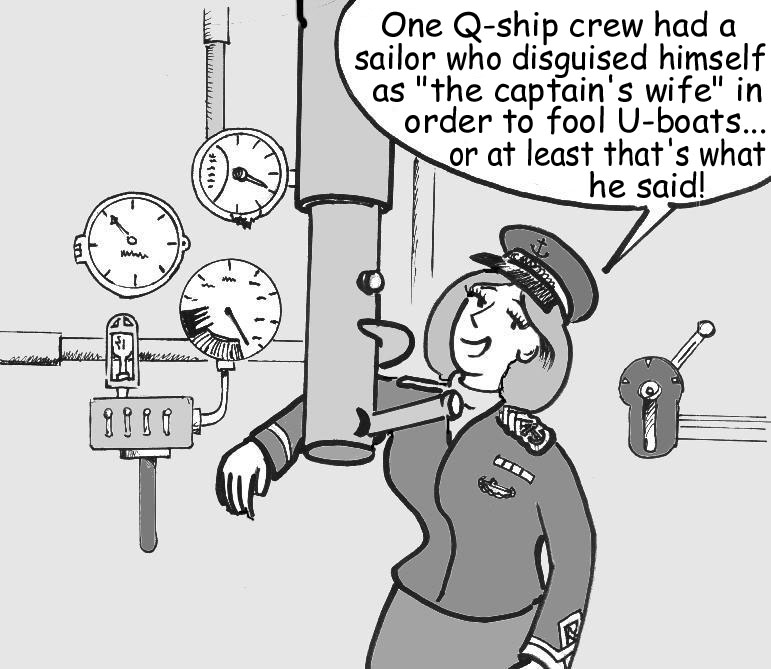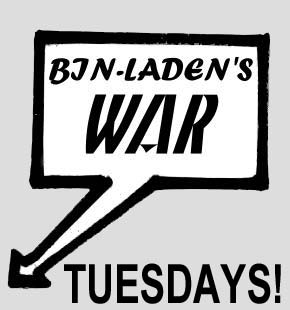
Q-SHIPS

______During World War One German submarines, known as U-Boats, became a major factor in naval warfare as it became clear that a large, conventional sea battle between the Royal Navy's Home Fleet and Germany's Imperial Navy was extremely unlikely. The U-boats were relatively cheap to build and although primitive when compared to modern subs, or even to submarines of WWII vintage, they were capable of destroying the maritime lifeline upon which the British Isles relied upon.
______One of the solutions found to fight the U-boats was the use of Q-ships. The Royal Navy took advantage of the fact that U-boats preferred the tactic of surfacing and shelling a merchant vessel at close range with its deck gun, rather than relying on its torpedos, which they had a limited number. Besides, torpedos had a lot of things that could go wrong with it while a deck gun was simple to use.
______The tactic relied on one major fact: that the merchant ship would be unarmed. A surfaced U-boat was extremely vulnerable to anything with a bigger gun than theirs.
 ______Q-ships and their crews were designed to turn the tables on the U-boats. With the exception of one ship special-built for the purpose, Q-ships were ordinary merchantmen modified to carry two or three guns, hidden behind false superstructures and inside fake deck cargos. Ships often flew the flags of non-British nations, which the U-boats were just as likely to sink but which were seen as even less of a threat. The crew wore disguises that made them look just like ordinary civilian sailors, or at least close enough to fool someone using a periscope. Sometimes some of the crew would "abandon ship" once a surfaced sub was spotted, in order to lure it even closer.
______Q-ships and their crews were designed to turn the tables on the U-boats. With the exception of one ship special-built for the purpose, Q-ships were ordinary merchantmen modified to carry two or three guns, hidden behind false superstructures and inside fake deck cargos. Ships often flew the flags of non-British nations, which the U-boats were just as likely to sink but which were seen as even less of a threat. The crew wore disguises that made them look just like ordinary civilian sailors, or at least close enough to fool someone using a periscope. Sometimes some of the crew would "abandon ship" once a surfaced sub was spotted, in order to lure it even closer.
______When the moment was right the remaining crew would run up the white ensign of the Royal Navy as required by international law (shooting at an enemy ship without identifying oneself as a combatant simply wouldn't be cricket), dropped the doors hiding the ship's armament and hopefully got a hit or two in before the U-boat managed to dive.
______Q-ships would change their appearance and name often, since surving U-boats and spies would send out descriptions of the boats via radio, limiting their effectiveness.
______The use of Q-ships declined before the end of the war in the face of more effective antisubmarine measures and a change in the U-boats' tactics. Between convoying and the U-boat's increased reliance on torpedos the Q-ships ceased to be a factor in the Atlantic, but not before they accounted for 30% of the U-boats sunk by surface forces. On the other hand 61 Q-ships were sunk by U-boats during the war, usually by being torpedoed without warning.

WHOSE FLAG WAS THIS  ?
?









 ______Q-ships and their crews were designed to turn the tables on the U-boats. With the exception of one ship special-built for the purpose, Q-ships were ordinary merchantmen modified to carry two or three guns, hidden behind false superstructures and inside fake deck cargos. Ships often flew the flags of non-British nations, which the U-boats were just as likely to sink but which were seen as even less of a threat. The crew wore disguises that made them look just like ordinary civilian sailors, or at least close enough to fool someone using a periscope. Sometimes some of the crew would "abandon ship" once a surfaced sub was spotted, in order to lure it even closer.
______Q-ships and their crews were designed to turn the tables on the U-boats. With the exception of one ship special-built for the purpose, Q-ships were ordinary merchantmen modified to carry two or three guns, hidden behind false superstructures and inside fake deck cargos. Ships often flew the flags of non-British nations, which the U-boats were just as likely to sink but which were seen as even less of a threat. The crew wore disguises that made them look just like ordinary civilian sailors, or at least close enough to fool someone using a periscope. Sometimes some of the crew would "abandon ship" once a surfaced sub was spotted, in order to lure it even closer.
